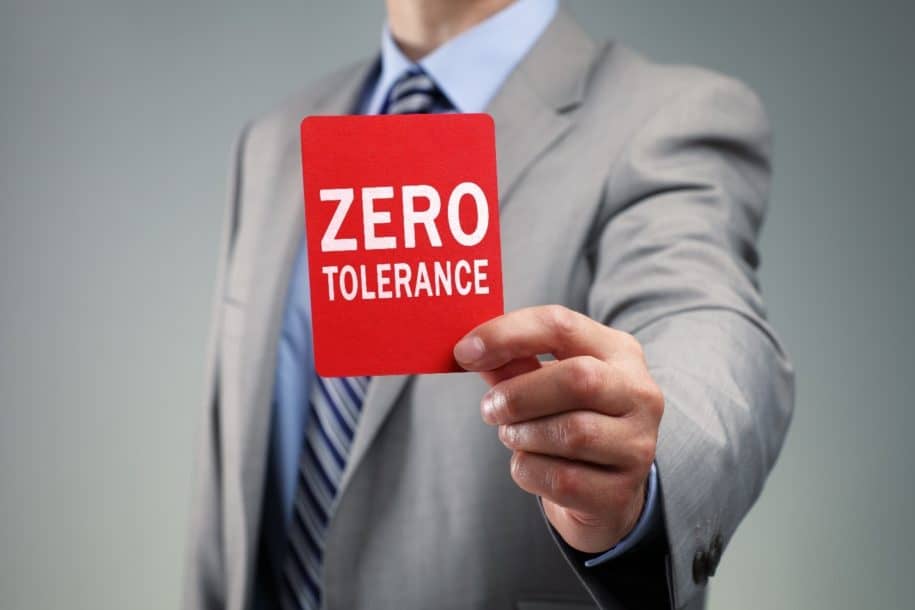Standard safety manuals address, at some level, the most basic principles of safety management, including the three “E’s.”
3 E’s: Engineering, Education, and Enforcement
- Engineering: At the most basic level, employers are obligated to assess ALL hazards associated with a specific scope of work BEFORE work begins. If those hazards cannot be eliminated, the employer must develop safe work practices and procedures to control those hazards and ensure the worker is protected from harm, preferably using the hierarchy of hazard control.
- Education: Employers are also obligated to educate workers about the content and intent of safe work practices and procedures designed to control those hazards and protect the worker from harm.
- Enforcement: Lastly, employers are obligated to ensure all workers adhere to the prescribed and developed safe work practices and procedures.
These entry-level processes, including safe work practices and procedures, are outlined in a company’s safety manual, and are lovingly referred to as the “safety rules.” Some companies have deemed certain subsets of rules as sacred and given them the label of “Cardinal Rules,” “Rules to Live By,” or simply “zero-tolerance.” These rules are very clearly written and require absolute adherence, with violators being terminated or at least disciplined. Consider, however, what may happen if these safety absolutes are not absolute, or even worse—only absolute some of the time.
Why use safety absolutes?
Companies use safety absolutes for several reasons. Work may be largely carried out in a highly hazardous environment and the absolutes are engaged to specifically point out which risky behaviors can get you killed. Some companies have a difficult time getting their employees to comply with certain rules, so they enlist safety absolutes as a “line in the sand.” Some organizations may be attempting to simply raise awareness for new safety programs by labeling them as “Rules to Live By.”
Although safety absolutes are often created with good intentions, they can pose several problems. Most importantly, if companies single out a group of rules that are elevated to safety absolutes, then this diminishes the importance of the remaining safety rules. Secondly, if companies take a “black or white” approach to a rule violation, this will severely limit their ability to become a learning organization, as employees will typically adapt by hiding the truth rather than face the consequences connected with incidents.
Failure to Comply
Here are several scenarios that I have witnessed. Each case included a zero-tolerance policy regarding fall protection:
Case Study #1
A worker was observed as not tied off at a roof edge and told to move to a safe position. As per the company’s zero-tolerance policy, the worker then received notice of termination. The worker argued the termination with the safety manager but was informed that the company policy has no capacity for variance. Frustrated, the worker then went to the project manager to argue his case.
Following the meeting with the worker, the project manager called in the safety manager and informed him that the worker (foreman for a heavily staffed contractor on the site) was indispensable to the project, as finding a replacement would severely delay the project’s schedule. The decision was then made to admonish the worker, re-train him (hastily), and get him back to work.
Case Study #2
A younger site safety manager observed a mechanical contractor crew working at height without safety harnesses. He documented the unsafe behavior on a self-inspection form that read as follows:
“Two men were observed not wearing harnesses. I asked them how stupid they were for not wearing their PPE. PUT IT ON NOW OR GO HOME!”
This was the ninth time the same crew had been observed (and documented) for failing to comply with the company’s fall protection policy. The safety manager warned the 30-year veteran foreman of the mechanical contractor about the risky behavior. The foreman then proceeded to tell the safety manager (in a not-too-friendly fashion) to mind his own business.
Unfortunately, nothing was done beyond the warning. You may be able to guess what tragic event followed.
Case Study #3
Two workers violated a zero-tolerance policy. One was the son of a senior executive. The other was not. One was chosen to be “an example” by immediate termination followed up with a companywide distribution of a “lessons learned” communication to demonstrate accountability for safety violations related to zero-tolerance policies. The other worker was privately scolded and allowed to go back to work.
Can you guess which worker was fired?
If rules are not equally applied, can we even call them rules?
Perception of Safety
What is happening in the “big picture” when workers DO NOT follow these rules and employers DO NOT enforce their own clearly defined safety rules?
At the most basic level, this hypocrisy places both line managers and workers in a state of total confusion, as no one clearly understands the message concerning safety that the employer is sending. Whatever the intended statement, the inference is that not all rules must be followed (but you won’t know which ones must be).
Additionally, having a punitive effect can reinforce contrary behavior, as nobody is willing to come forward to report any violations or close calls for fear of retribution.
The result is that the person who does not have the total support of senior management may be caught in the middle of this dysfunctional mismanagement of safety, rendering their ability to enact any form of positive change useless.
What should you do?
If you are going to conduct a management review on a case-by-case basis for each “absolute incident” while allowing for variation in how the incident is handled, then do not set apart certain rules as safety absolutes. Either follow the zero-tolerance policy every time without variation/consideration of the circumstances or remove the rule. The alternative to this ultimatum is simply changing the rule to reflect reality and putting a process in place that is effective, enforceable, and will be followed as it was designed. This will ensure safety enforcement is both clear and fair to everyone.
Safety Absolutes are for Poor Leaders
The biggest concern for a new supervisor taking on safety management is confrontation. Many companies offer new supervisor training, but few require completion of the classes before the new leaders begin supervising. Safety absolutes take the responsibility off the supervisor and place it on the rules (that have no sentience to apply themselves differently to the various situations they govern). Instead of the supervisor looking out for his team by coaching them to avoid risky behavior, he or she is forced into a black-and-white situation where action must be taken, or they will be fired.
Organizations that have leaders who consistently address risky behaviors upon the first observance need not rely on safety absolutes, as all rules are being regularly enforced. The act of addressing risky behaviors may take the form of a reminder of the rules, a conversation to attempt to understand the situation that motivated the risky behavior, or disciplinary action. This is not to say that some organizations should not highlight certain rules that are paramount to keeping their employees alive, but again, this is a leadership activity that can be performed through safety meetings, onboarding briefs, or safety coaching. If organizations provide the proper leadership tools for their management team to be able to have safety-crucial conversations every time a risky behavior is observed, safety absolutes are not needed.
AUTHOR BIO

Cary comes to the SafetyStratus team as the Vice President of Operations with almost 30 years of experience in several different industries. He began his career in the United States Navy’s nuclear power program. From there he transitioned into the public sector as an Environmental, Health & Safety Manager in the utility industry. After almost thirteen years, he transitioned into the construction sector as a Safety Director at a large, international construction company. Most recently he held the position of Manager of Professional Services at a safety software company, overseeing the customer success, implementation, and process consulting aspects of the services team.
At SafetyStratus, he is focused on helping achieve the company’s vision of “Saving lives and the environment by successfully integrating knowledgeable people, sustainable processes, and unparalleled technology”.



